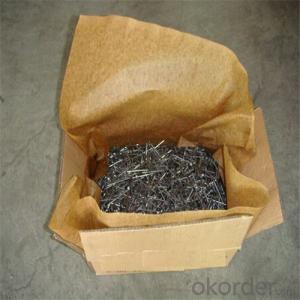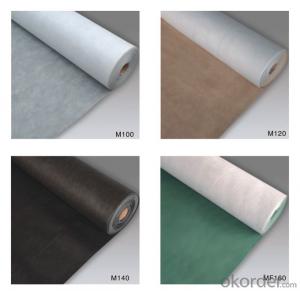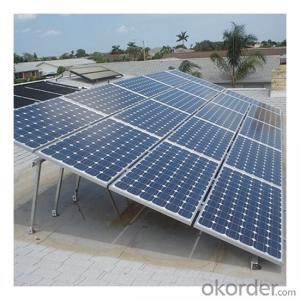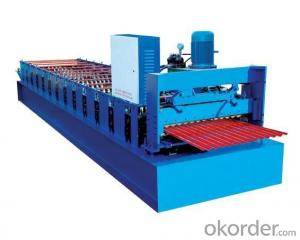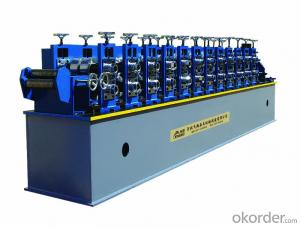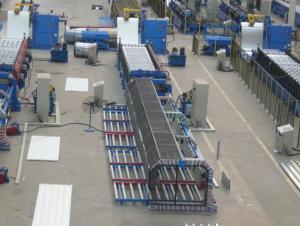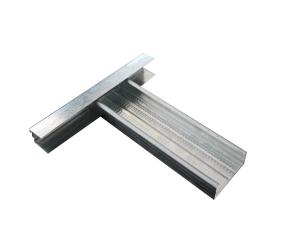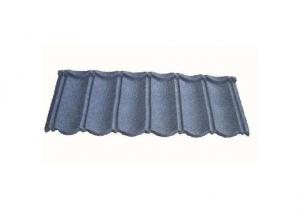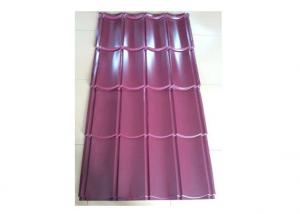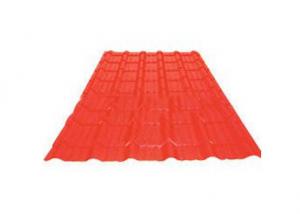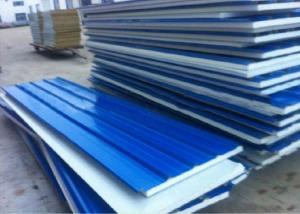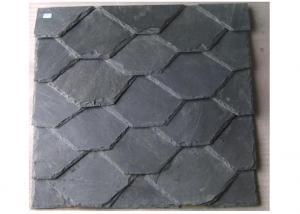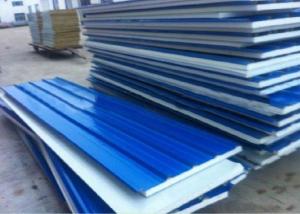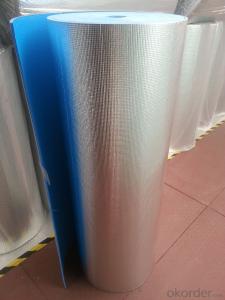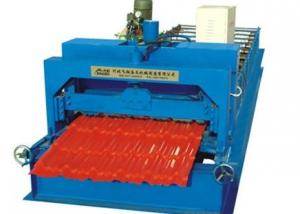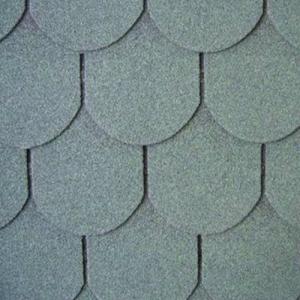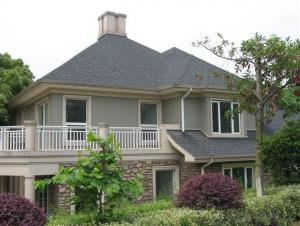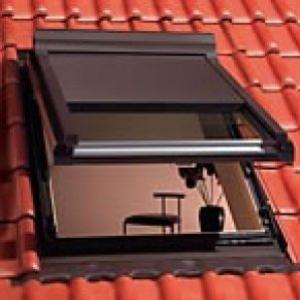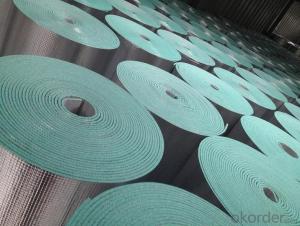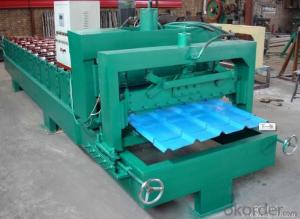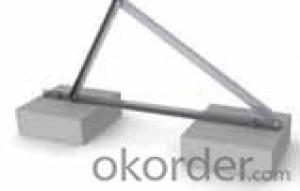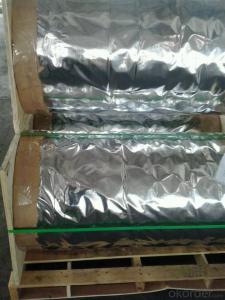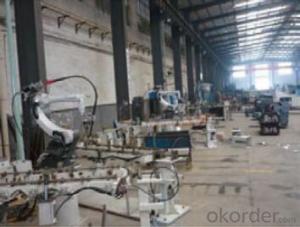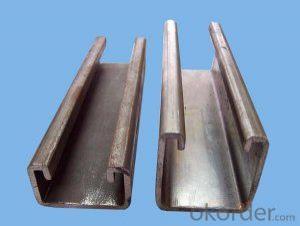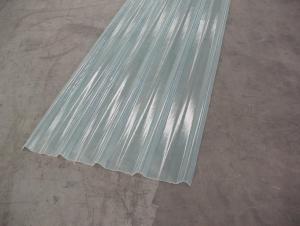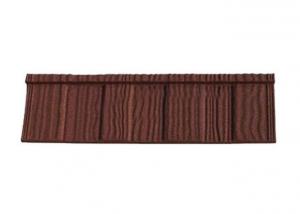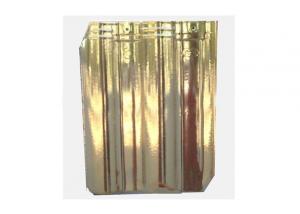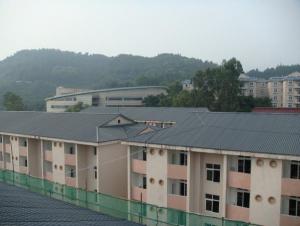Roof Structure
Roof Structure Related Searches
Roof Lagging Roof Window Shades Scaffolding Roof House Roof Sheets Resin Roof Attaching Solar Panels To Roof Industrial Roofing Cast Iron Roof Standing Seam Roof Roof Insulation Materials Installing A Slate Roof Roof Insulation Materials Comparison Roof Cement Roof Polycarbonate Interstate Roofing Roof Shingles With Solar Cells Asphaltic Roofing Frp Roof Shingle Roof Installation Sip Roof Contemporary Roofing Materials Sequentia Roofing Repairing A Slate Roof Heat Reflective Material For Roof Weather Watch Roofing Underlayment Tiled Roof Construction Flat Roof Underlayment Metal Roof Flashing Felt Roof Underlayment Roof Foam Board InsulationRoof Structure Supplier & Manufacturer from China
Roof structures are integral components in the construction of buildings, providing essential support and protection against environmental elements. These structures come in various materials and designs, such as steel, wood, and concrete, catering to different architectural styles and requirements. They play a crucial role in ensuring the durability and safety of a building, as well as contributing to its aesthetic appeal.Roof structures are widely used in residential, commercial, and industrial settings, offering protection from weather conditions, such as rain, snow, and wind. They are also essential in maintaining the thermal comfort of a building, preventing heat loss during winter and heat gain during summer. In addition, roof structures can be designed to accommodate solar panels, water storage systems, and other sustainable features, making them an important aspect of green building practices.
Okorder.com is a leading wholesale supplier of roof structures, boasting a vast inventory of high-quality products to cater to diverse construction needs. With a commitment to providing exceptional service and competitive pricing, Okorder.com ensures that customers have access to a wide range of roof structures to suit their specific project requirements.
Hot Products
